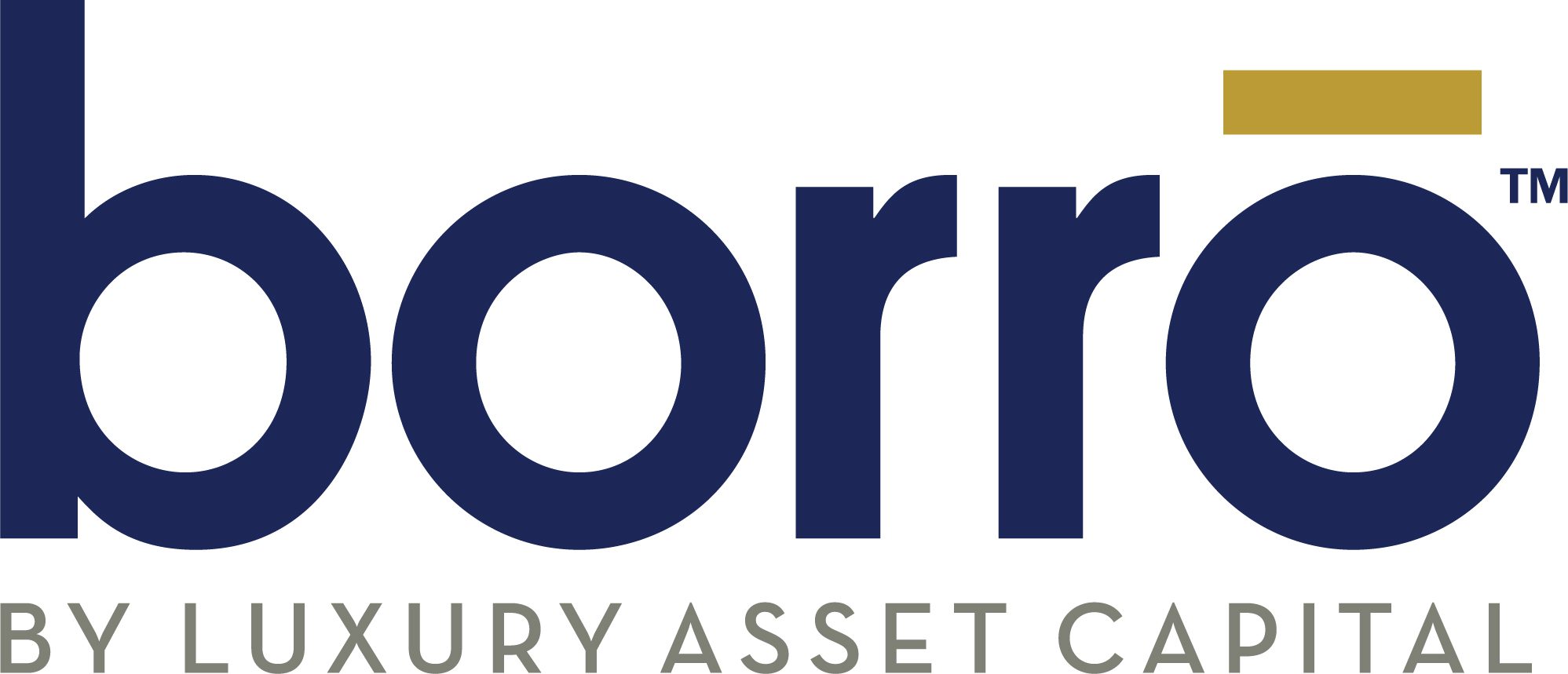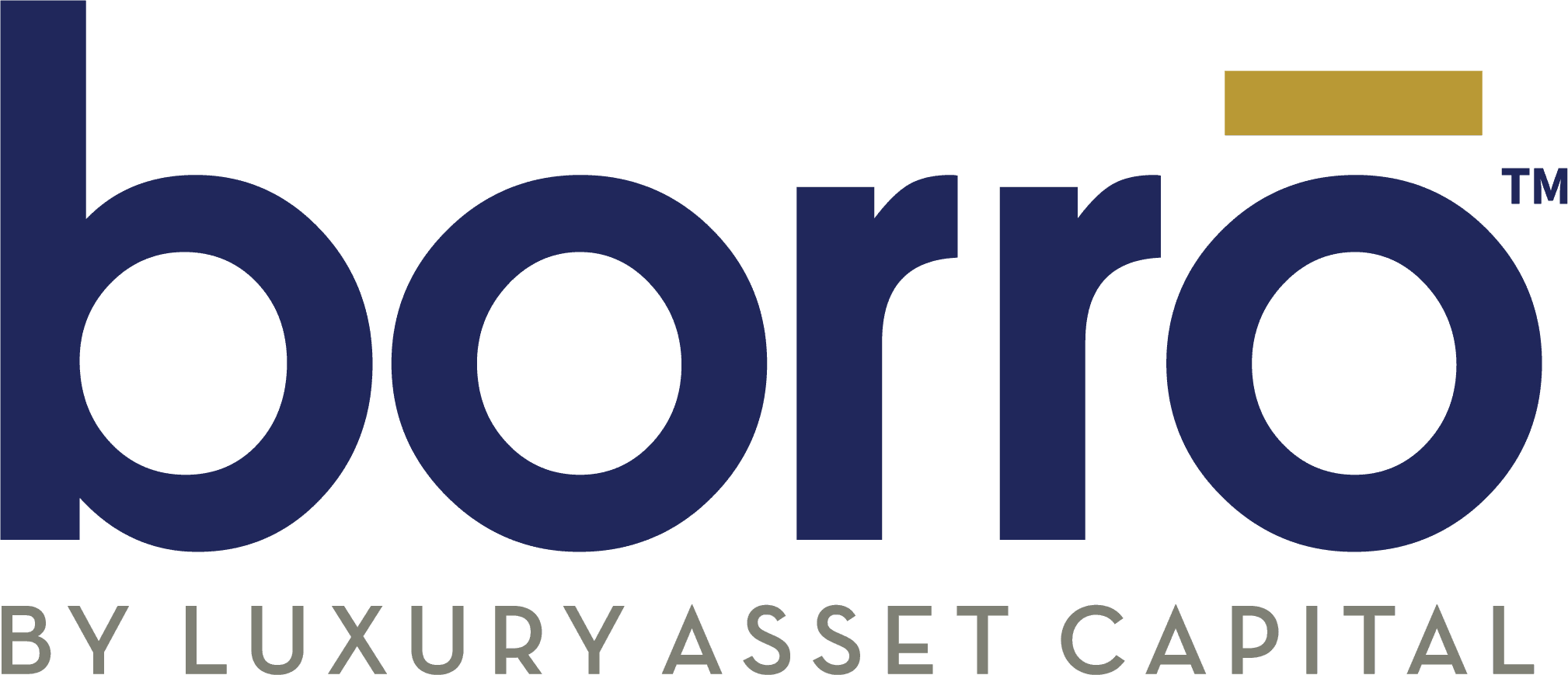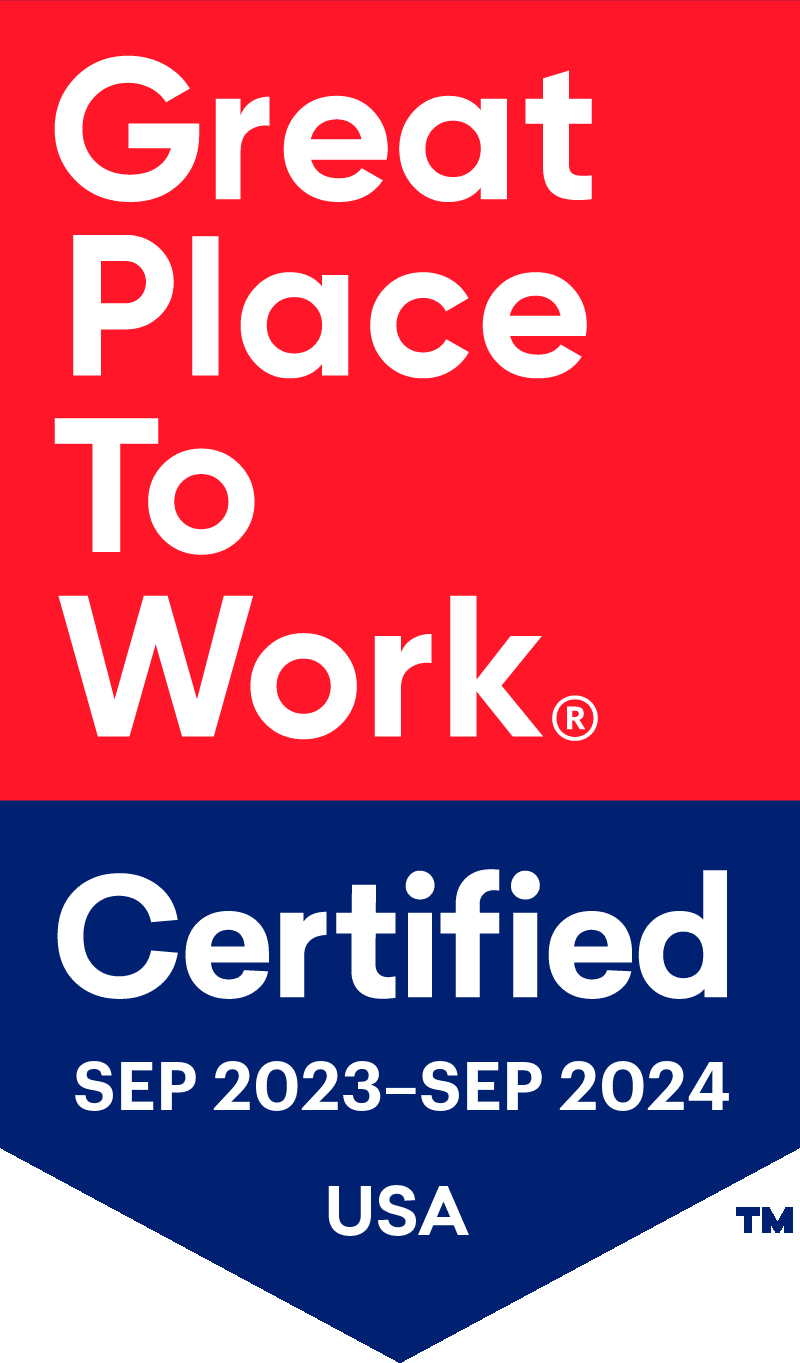Introduction
In recent years, there has been a growing interest in luxury assets. These high-end, often rare items, ranging from fine art and vintage wines to classic cars and luxury real estate, have become not just symbols of wealth, but also alternative investment opportunities. As the market continues to evolve, a number of key trends and predictions have emerged that are poised to shape the future landscape of luxury assets.
Rise of Technology in the Luxury Market
One of the main trends shaping the luxury asset market is the increasing influence of technology. Blockchains, for example, are being adopted to establish the provenance and authenticity of luxury items such as art and jewelry. This use of technology provides potential buyers with the assurance they need about the asset’s value. Furthermore, the rise of digital platforms has enabled the tokenization of luxury items. This means that ownership of these items can be digitized, allowing them to be bought, sold, and traded online. We expect this trend to continue into the future, with more luxury items being tokenized and traded on digital platforms, expanding the reach of the luxury asset market.
Changing Demographics
Another significant trend involves changes in the demographics of luxury asset owners. Millennials and Generation Z are now coming into wealth and are showing different preferences compared to older generations. These younger generations are more likely to invest in experiences and assets that have a story or a cause behind them. They also place greater emphasis on sustainability and ethical considerations. This is driving a shift towards luxury assets that are not just high-end, but also sustainable, ethical, and unique. The preferences of these new generations could significantly reshape the luxury asset market, leading to a greater focus on the sourcing and production processes of these assets, as well as their social and environmental impacts.
The Impact of Global Economic Trends
The future of luxury assets is also inextricably tied to global economic trends. Currently, wealth is accumulating rapidly in emerging markets, leading to increased demand for luxury assets from these regions. Meanwhile, economic instability and the threat of inflation in many parts of the world can drive investors to seek refuge in tangible assets like gold, diamonds, and luxury real estate. These assets are seen as a safe haven, retaining their value even during economic downturns.
Conclusion
The luxury asset market is evolving rapidly, influenced by technological advancements, changing demographics, and global economic trends. Staying ahead of these trends can help investors make informed decisions and potentially reap significant rewards. However, like any investment, it’s important to undertake thorough research and consider getting advice from experts in the field. The world of luxury assets can be complex, with factors such as authenticity, provenance, and market trends all playing a crucial role in determining an asset’s value. As such, investors need to be well-informed and cautious in order to navigate this market successfully.





